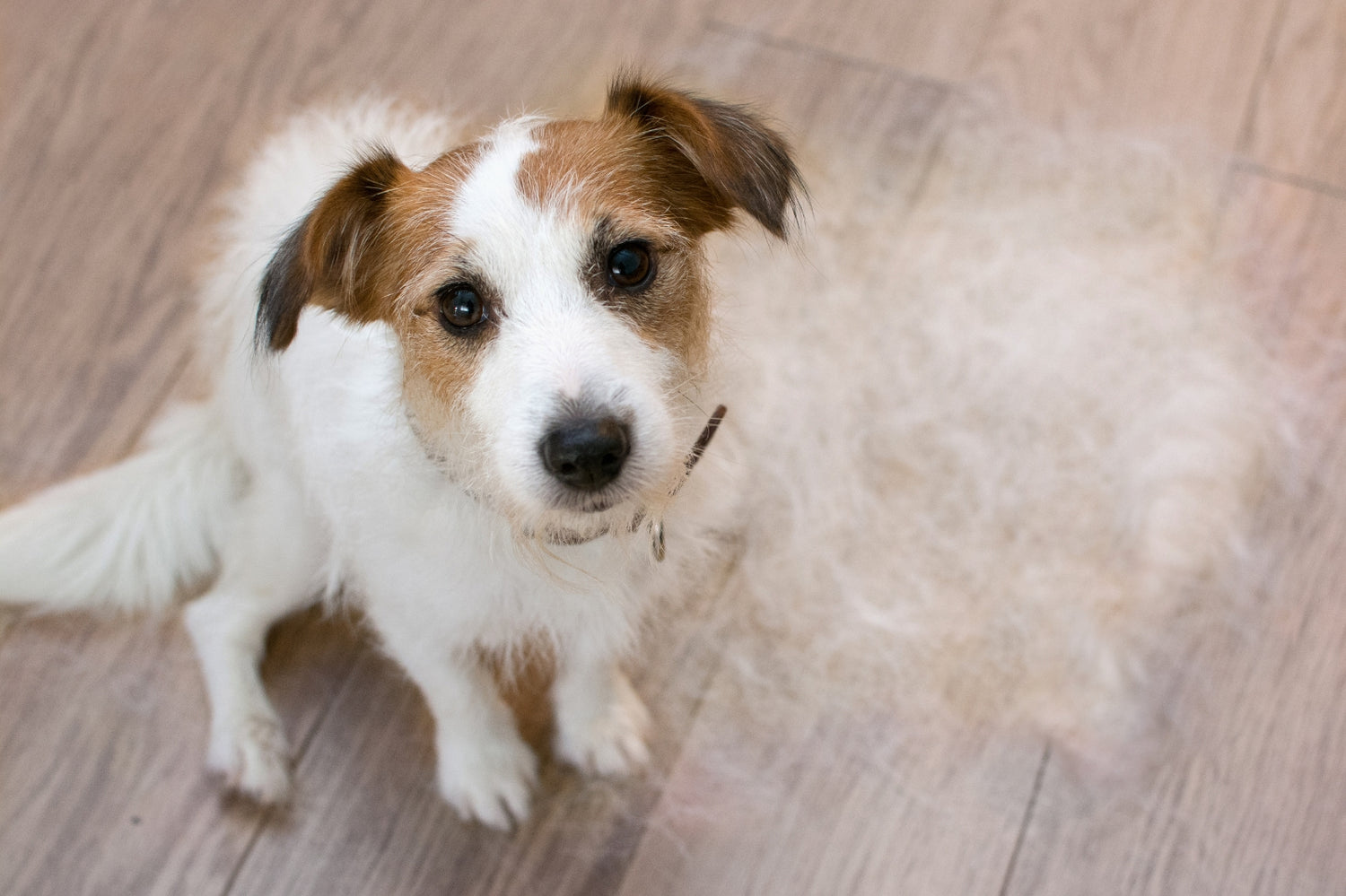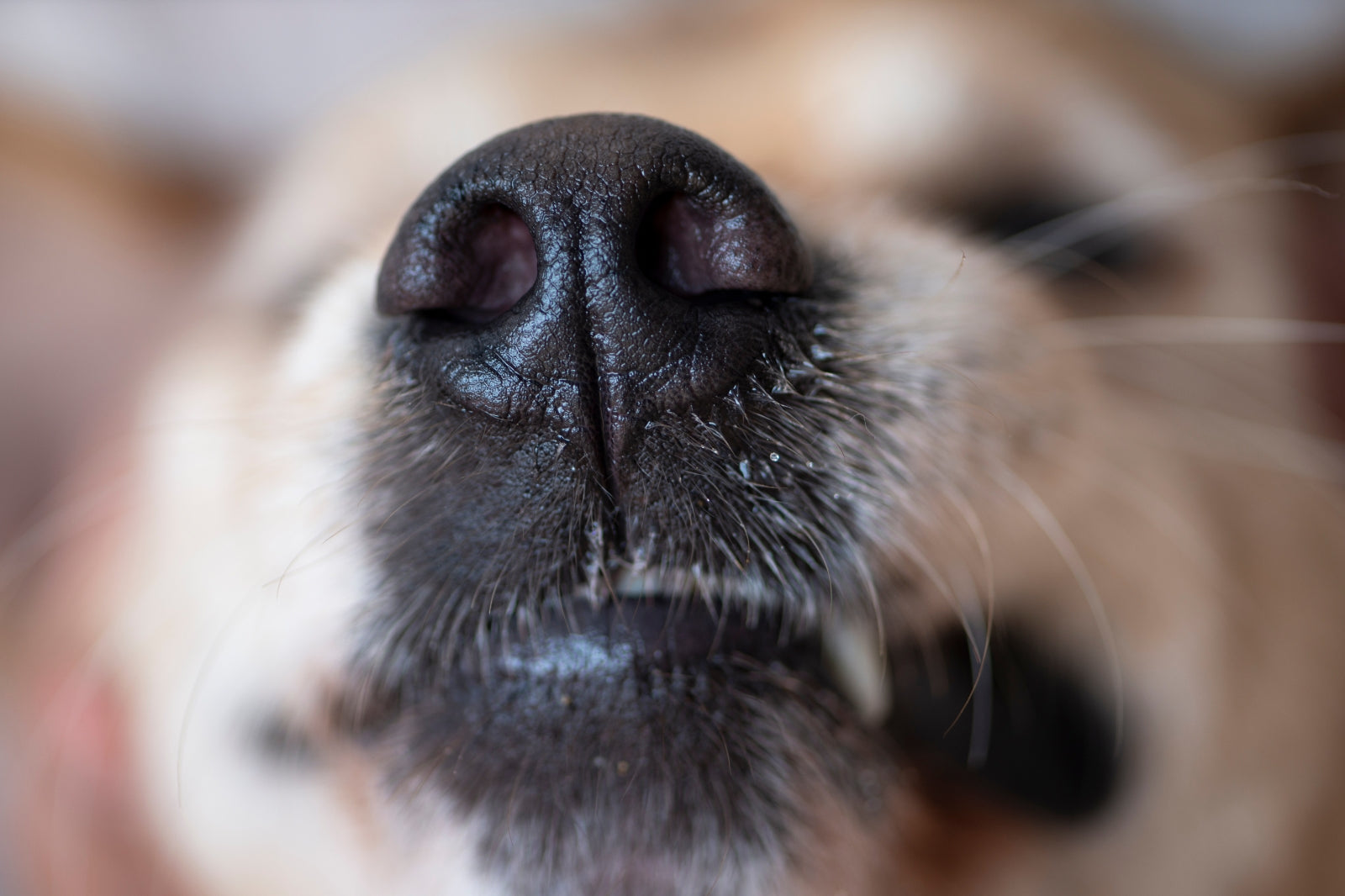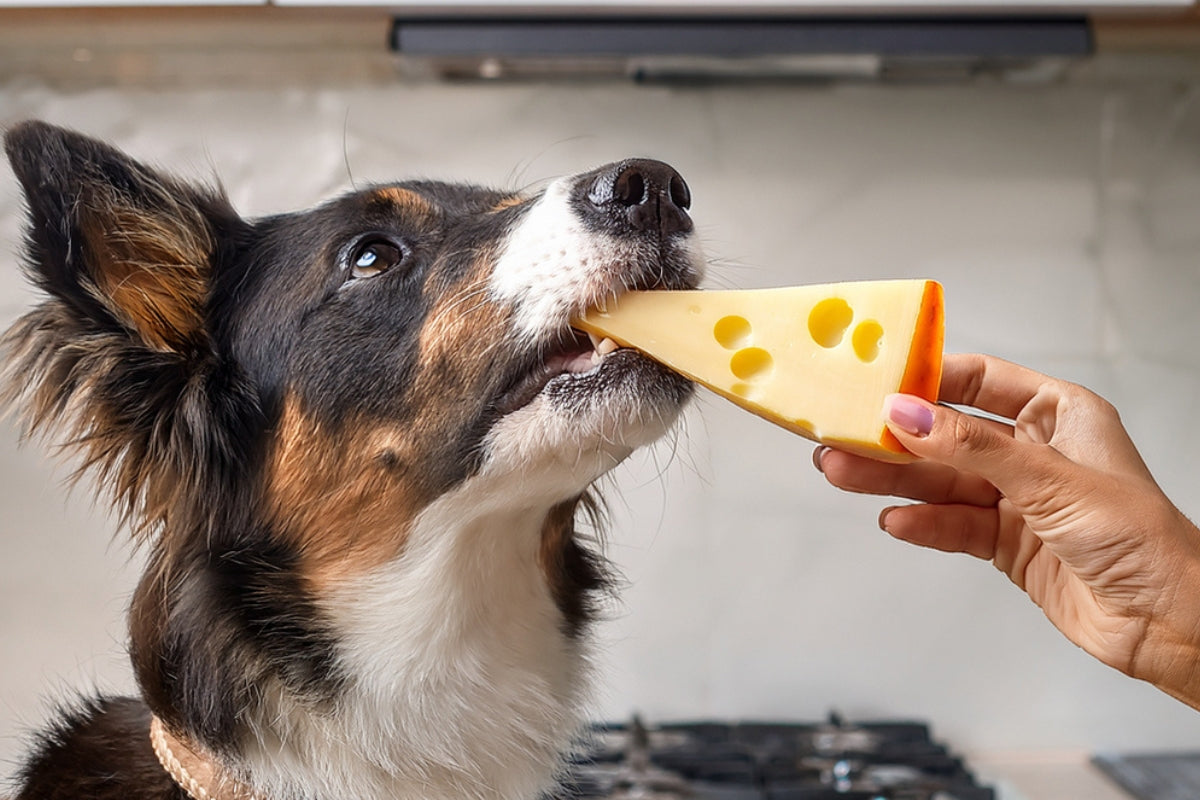Just like humans can experience hair thinning or loss, dogs can also suffer from fur loss, medically known as alopecia. While some shedding is perfectly normal, especially during seasonal changes, fur loss that becomes excessive or patchy could point to a more serious issue. The good news is that many causes are treatable, but understanding the underlying reason is key.
What causes fur loss in dogs?
Allergies
Allergic reactions to food, fleas or environmental triggers like pollen can cause itching and fur loss. If your pooch is constantly scratching, licking or biting at their fur, allergies might be to blame.
Parasites
Fleas, mites or ticks can irritate the skin and lead to bald patches, especially if your pup is sensitive to bites. Mange, caused by microscopic mites, is another common culprit.
Hormonal Imbalances
Conditions like hypothyroidism (an underactive thyroid) or Cushing’s disease (excessive production of cortisol) can lead to fur thinning or loss. Dogs with hormonal issues may also experience changes in appetite, energy levels or weight.
Infections
Fungal infections like ringworm or bacterial skin infections can cause localised hair loss. These are often accompanied by redness, scaling or an unpleasant odour.
Stress or Anxiety
Dogs under stress may overgroom themselves, leading to bald spots. Major life changes, such as moving or losing a companion, can be triggers.
Genetics
Some breeds, such as Dachshunds and Greyhounds, are predisposed to thinning fur as they age. In these cases, fur loss is usually not a cause for concern.
When should you worry about fur loss?
If the fur loss is patchy or uneven, it may be a sign of an underlying health condition that requires attention. Similarly, if the skin appears red, inflamed or covered in sores, it’s likely that your pooch is experiencing irritation or infection.
Changes in behaviour can also be telling. A dog that becomes lethargic, loses its appetite or seems unusually irritable may be dealing with more than just fur loss. Pay close attention to other symptoms such as weight gain, excessive thirst or flaky skin, as these could provide clues about what’s going on.
How can you prevent it?
Preventing fur loss starts with keeping your dog healthy, which includes regular vet check-ups every six months to catch potential problems early. Protecting them from parasites is equally important, so make sure to use flea and tick preventatives and check their coat after walks to avoid infestations. A well-balanced diet, especially one rich in omega-3 fatty acids, helps to nourish their skin and keep their fur glossy. Additionally, minimising stress by providing a stable and loving environment with regular exercise, play and affection ensures your pooch stays happy and less prone to anxiety-related fur loss.
What can you do if your dog is already losing fur?
If you notice fur loss that becomes excessive or patchy, it’s time to consult your vet. They can identify the cause and recommend treatments like medication, ointments or dietary changes. For allergies, your vet might suggest an elimination diet or antihistamines. Infections can often be treated with antifungal or antibacterial solutions, allowing fur to regrow.
At home, use vet-approved shampoos to soothe the skin and encourage regrowth. Regular grooming also helps monitor any new bald spots or changes.




Leave a comment
This site is protected by hCaptcha and the hCaptcha Privacy Policy and Terms of Service apply.